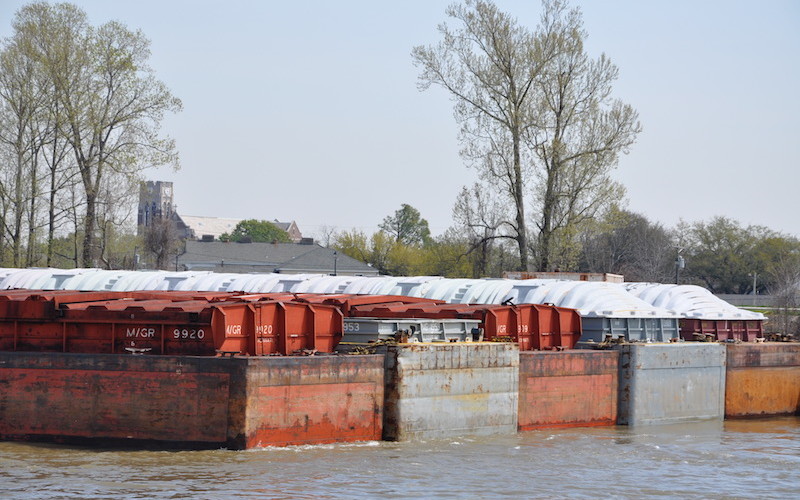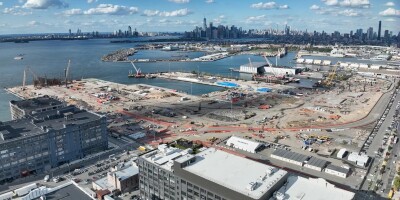Barge operators were very conservative when it came to spending on new equipment last year, with deliveries of new hopper barges declining for a second year in a row.
Mississippi River barge operators took possession of 226 new jumbo hopper barges in 2022, a drop of 25% from the 300 acquired in 2021, according to the annual survey of new hopper barge construction by River Transport News. By comparison, construction was especially active in 2016, with nearly 1,000 hoppers hitting the waterways.
The main reason for declines over the past two years has been the record high prices for plate steel used in barge construction, which has increased the cost of new equipment and discouraged investment despite strong barge rates in the dry cargo barge market.
“The market conditions facing the shipyard sector were an extension of developments which began in 2021, when plate steel prices began to rapidly increase to then-record levels,” RTN said in its Jan. 9 newsletter. It was a down year for construction, but not as low as 2019, RTN noted, when deliveries hit a “multidecade low of just 186 barges.”
Chiefs of big inland barge companies said at a November forum sponsored by Marine Money that high steel prices are actually good for the overall barge market as expensive steel discourages overbuilding.
Prices “have been astronomically high,” said Lance Sannino, president of Louisiana-based Enterprise Marine Services LLC, which operates inland tank barges and towing vessels on the intracoastal waterway and the Mississippi River system. “As we look into retirement schedule and needing some barges for ongoing commercial requirements, we have pursued limited construction, but it’s a big ask right now. But it has been good for the market as supply has been tempered.”
Another factor are high interest rates, said Mike Ellis, CEO of American Commercial Barge Line, Jefferson, Ind., one the nation’s largest barge companies. “Steel gets all the headlines, but with interest rates where they are and the cost of capital today, you have dual headwinds of not only the cost of steel and labor to build vessels, but interest rates that are having a continual effect on the cost of a new vessel.”
On a positive note, for the barge industry, the construction of new steel plants near the inland river system will be beneficial to barge transportation. Nucor Corp., the largest steel producer in the U.S., just opened the first of two mills along the Ohio River, in Brandenburg, Ky. A second is planned for the Upper Ohio river.
The mills will mean new business for barging steel and its components on the rivers, and a new source of plate steel for barge construction, RTN said.





